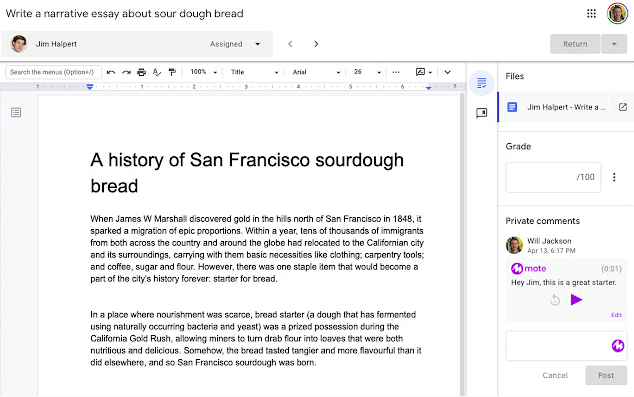(Above photo is from my own class)
IN CLASS
Distribute the cards to the students as per Plickers’ assignment of them.
Broadcast (from your Chromebook) www.plickers.com on your TV or through your projection system and click on LIVE VIEW (this is optional, but kids LOVE it).
On your phone/tablet choose the class you are teaching during that block.
Select one of the questions from the queue that you wish to assess for student understanding.
Students will select their response from the 4 multiple choice responses and will hold their unique card up with the letter pointing UP that represents their choice to respond with.
You will hold your phone up and scan the classroom and the students’ responses will be logged.
WHY TEACHERS LOVE IT
– First of all, IT IS SO EASY TO USE.
– A red or green oval will appear above the heads of your students. Green, of course, indicates they answered correctly, red indicates their response was incorrect. This particular app keeps the teacher INVOLVED and ENGAGED with the learners. You see with your eyes in a matter of seconds who understands the content and who is struggling. It’s not just data on a screen; it’s live, it’s real-time, and it’s an actual visual of your classroom. You finish the class block with a lot of good information as to what needs to be re-taught or reviewed, and with whom.
– Because the shapes appear so random to the human eye (and the letter markings are printed so faintly) cheating is not possible unless a student shouts out their answer.
– It uses the camera of your phone/tablet with Augmented reality features to give you the visual representation of learning as you view your class. The photo was taken in Michelle Baragar’s classroom during the 2017-2018 school year.
THINGS TO NOTE:
Laminating the cards will make them last longer, of course, but depending on the positioning of windows in the classroom, the glare from the laminate can make scanning the students’ cards a wee bit more challenging.
Students can change their mind about a question. All they need to do is change the direction they are holding their card and ask you to re-scan it.






